
SALADIN(+): to my surprise, Saladin(+) represents a great upgrade over his little 4wires brother.
The (+) model is really interesting with rock music thanks to its great treble and fast/deep sub-bass. The 4 wires model, tries to improve tonality, adding more body with a mid-bass raise and adding more clarity to the upper midrange. The overall tonality of 4 wires is natural/warm, showing a more intimate sound. On the other side, the (+) versions has a better treble and sparkles on the upper treble region( this works great with natural/warm sounding IEMs like Aroma Audio Yao and Custom art Fibae2). Vocals and instruments acquires more body, with more air between every single instruments and vocals. Where the 4 wires models tries to give a more intimate experience, on the other side, 8 wires opens up the scene, showing a wider soundstage and better left/right channel separation. I noticed a better and faster transient response, with a touch better dynamic. Usually, i found a great sinergy with natural/warm sounding IEM.
1980s: to my ears, the 1980s, is the most transparent of the three. Talking about tonality, this model, is quite neutral( a bit clear with female vocal songs), less warm than both Saladin 4 and 8 wires. The main focus of this cable is the midrange, helping to have a more forward and detailed vocals. Bass is quite good( adding more impact on the sub-bass region), but can’t compete with the bass quality of 1950s.
The 1980s, has the most holographic stage of the three, showing a great out of the head experience. If you are a lover of vocals or wide soundstage, the 1980s, could be a great choice for you.
1950s: the most natural of the three: its strong points are bass, natural tone and dynamic.
The 1950s is a very particular cable: it is not so engaging or fun like Saladin or 1980s, it never adds color to the music, trying to stay always controlled, natural and full-bodied. The bass on this model is great, it has great and strong impact, but always feel uncolored and natural. This model fits great with classic music, showing great instrument separation and layering. 1980S has a more holographic stage, but instruments positioning is more confused. With 1950s, you can easily pinpoint instruments in the scene. The natural bass impact helps with a very dynamic presentation.
--------------- Click here for detailed post ---------------

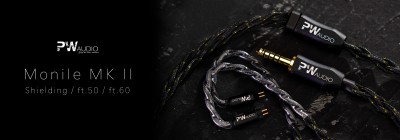
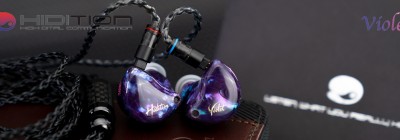
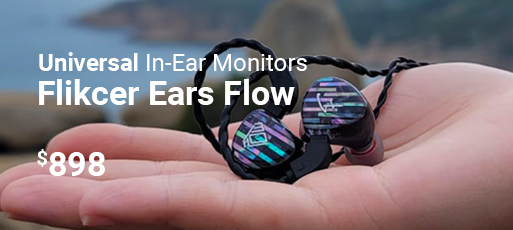


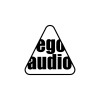





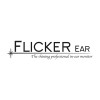
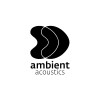


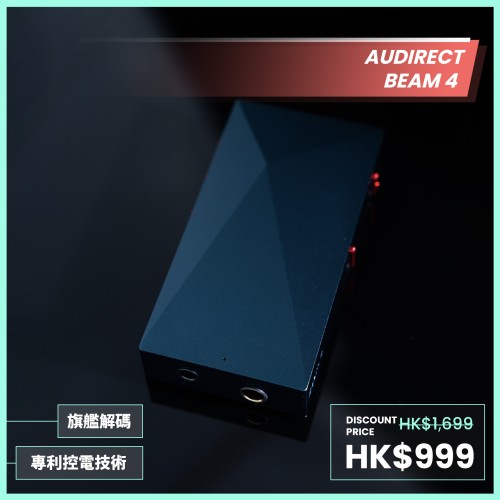
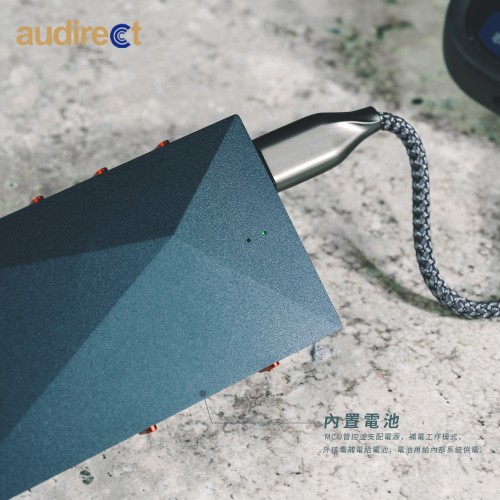

-500x500w.jpeg)



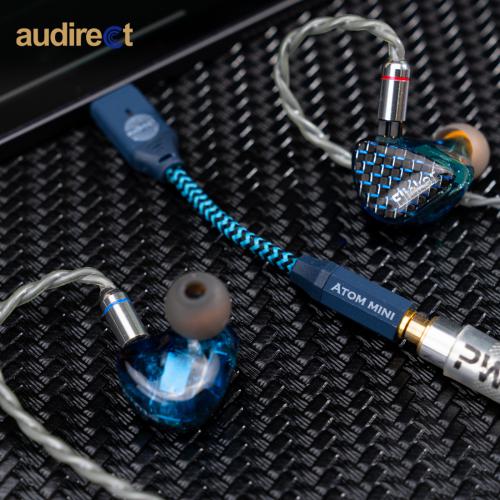
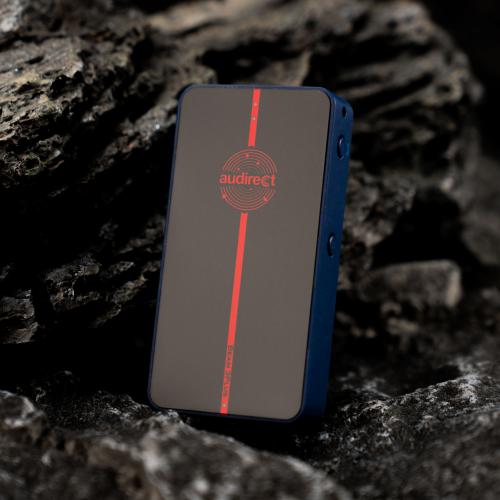
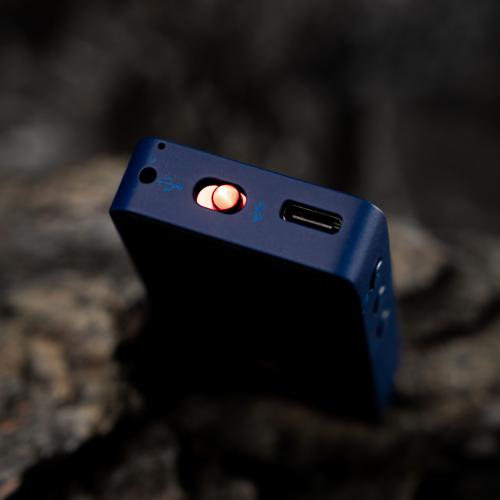

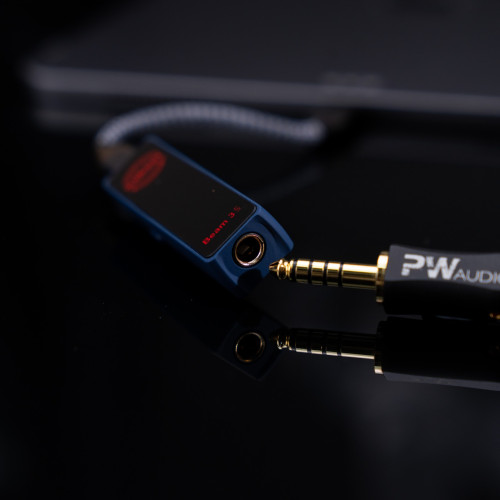
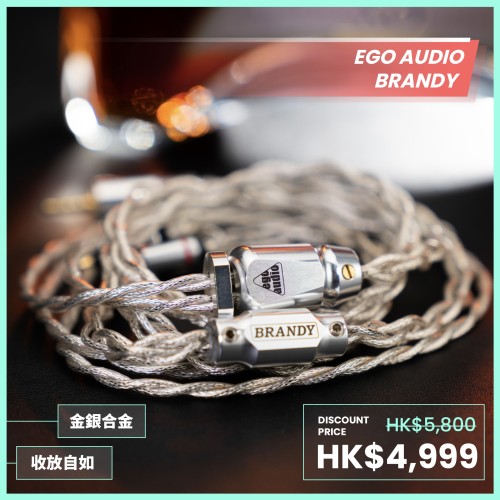

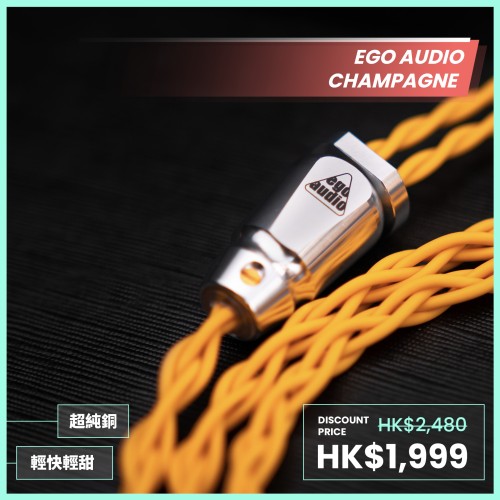

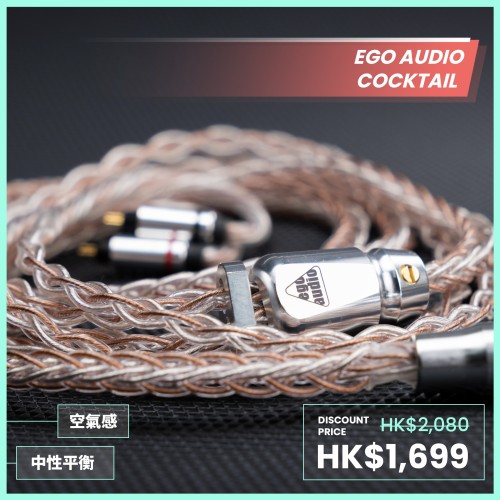

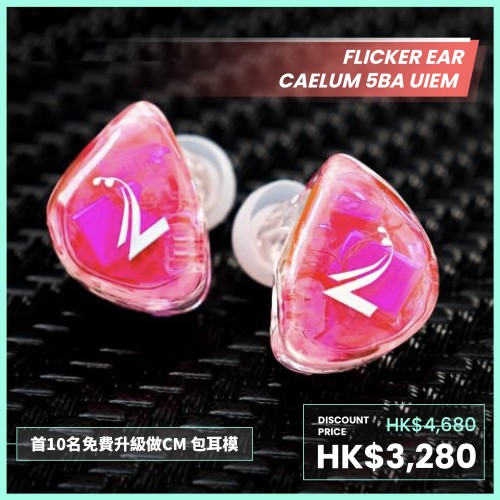

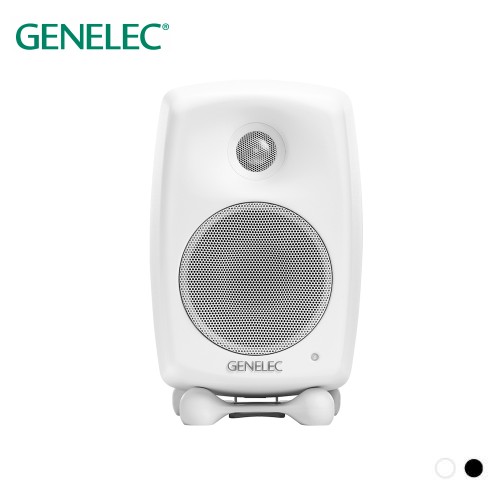
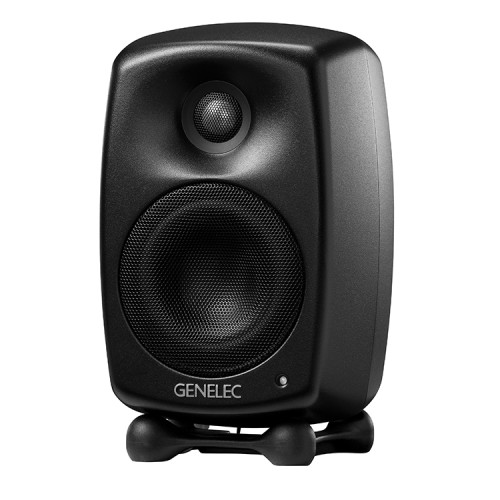
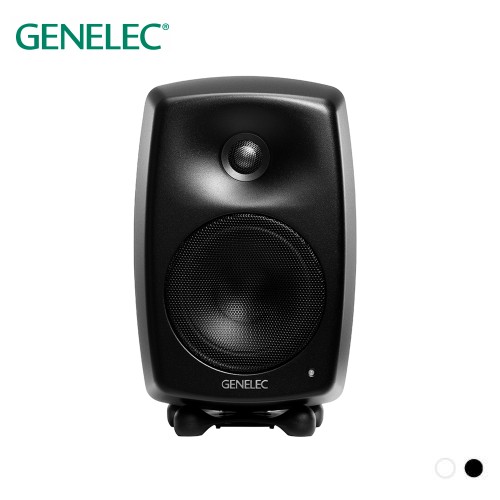
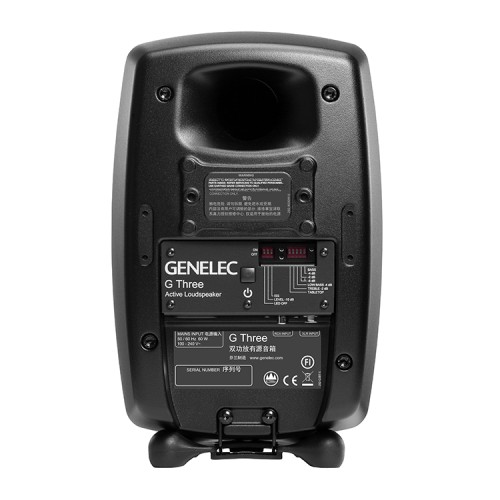
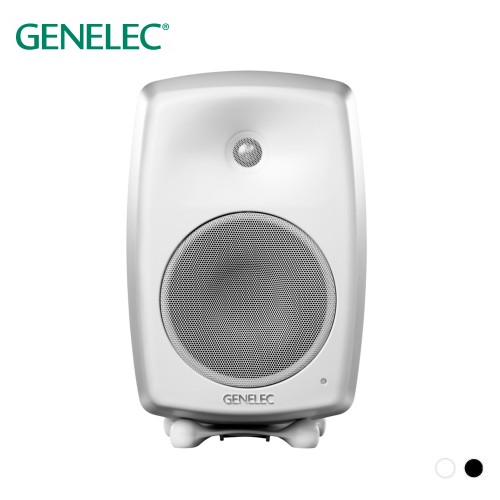
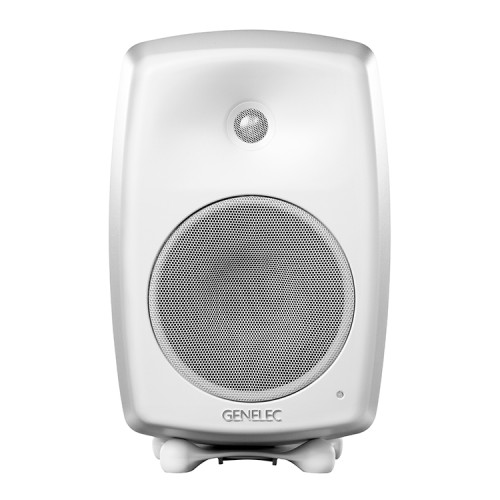
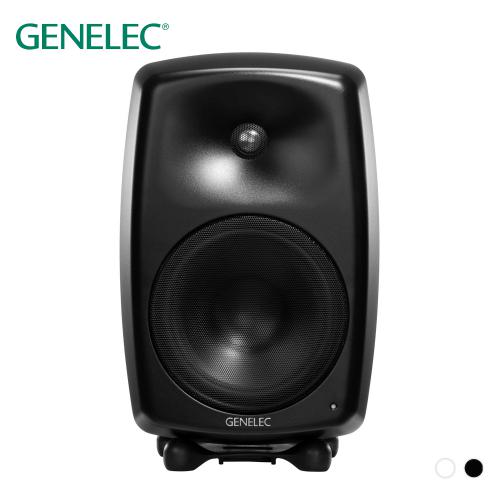
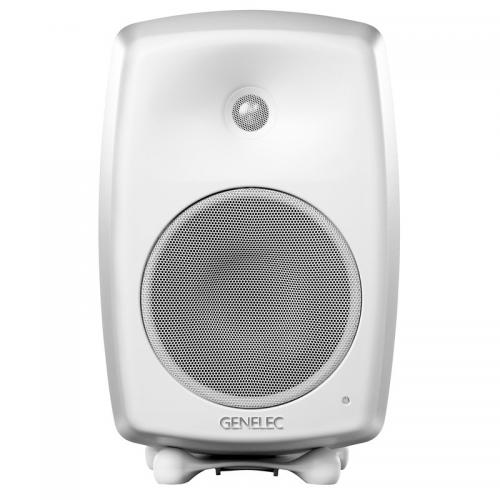
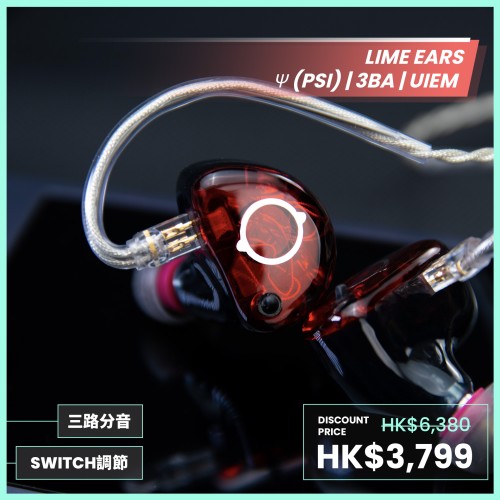
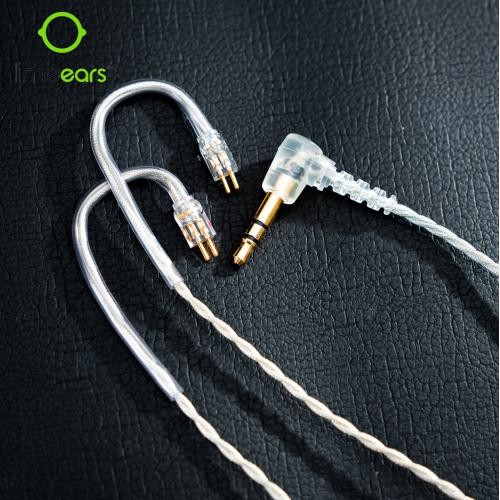

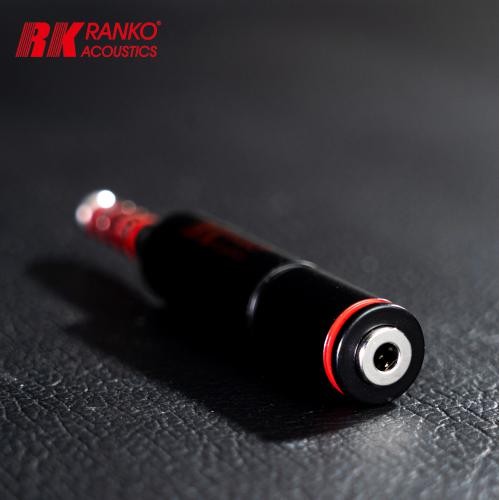

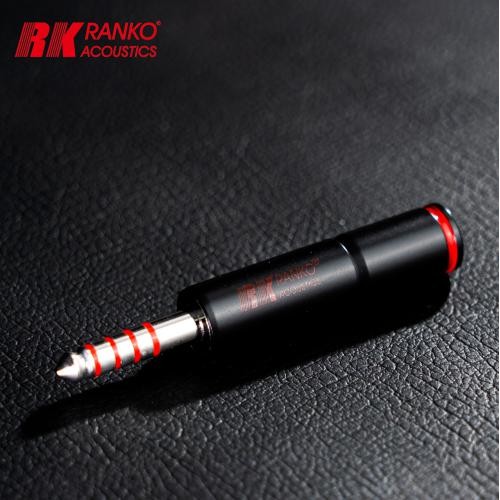

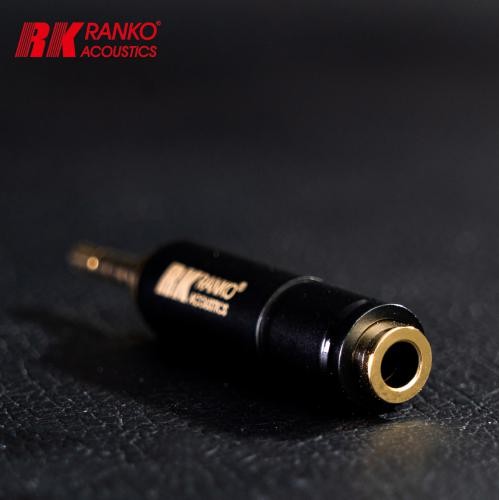
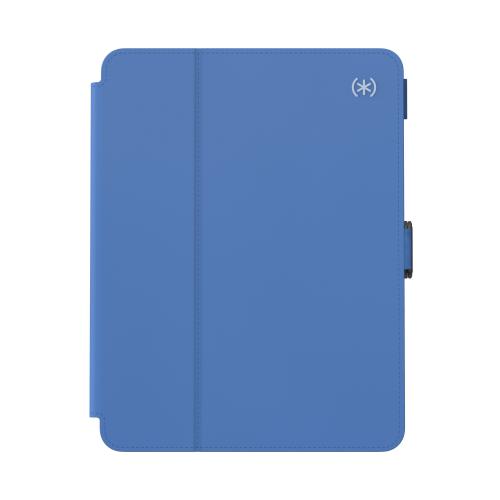
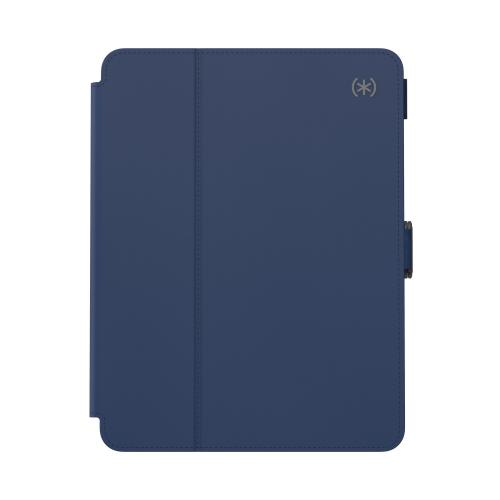


Leave a Comment